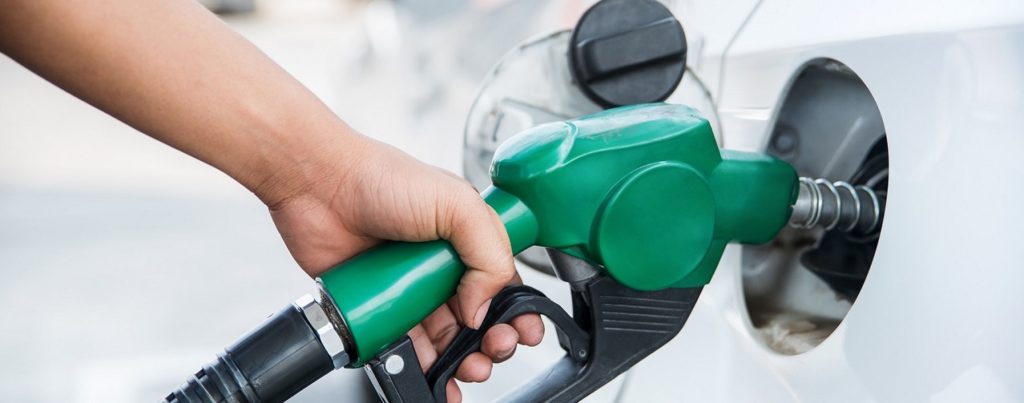Rishi Sunak presented his Spring Statement on 23 March 2022. He was under pressure to announce measures to help with the cost of living crisis, which the government expects will last until at least 2024.
Some of the measures announced were expected; other measures were surprising. The biggest surprise is an increase to the 2022-23 National Insurance thresholds, but this is only effective from July 2022 as the announcement has been made at such short notice.
The government have an established pattern of announcing measures well before their effective date and so we have put together a timeline of the key points from today’s Spring Statement and the date they come into effect.
Here is our summary of the Spring Statement 2022:
March 2022
Fuel duty cut by 5 pence per litre
A 12-month cut in the main rates of fuel duty for petrol and diesel of 5 pence per litre from 6pm on 23 March 2022 was announced. The government says this will provide savings for consumers worth almost £2.4 billion over the next year.
April 2022
Increase in the National Insurance Primary Threshold
For employees and self-employed workers, the government announced an increase in the National Insurance Primary Threshold (PT) (applicable to employees only) and Lower Profits Limit (LPL) (applicable to self-employed workers).
The previously announced Health and Social Care Levy (the Levy) is going ahead from 6 April 2022 as planned.
No changes were announced to the Secondary Thresholds for National Insurance contributions (NICs), which is the thresholds applicable to employers. This will be very unwelcome news to employers when they too are facing significant inflationary pressures in their businesses.
What this means for employees
- Between 6 April and 5 July 2022, employees will be able to earn £190 a week without paying Class 1 NICs and the Levy;
- Between 6 July 2022 and 5 April 2023, this weekly threshold will increase to £242;
- From April 2023 onwards, employees will be able to earn £242 each week, equivalent to £12,570 a year, without paying Class 1 NICs or the Levy; and
- The PT will then remain aligned with the income tax personal allowance.
What this means for the self-employed
- For the 2022-23 tax year, the self-employed will be able to earn profits of up to £11,908, before paying Class 4 NICs and the Levy. The annual figure for the self-employed is £11,908, because this accounts for 13 weeks of £9,880 and 39 weeks of £12,570;
- That means the benefit the self-employed receive in 2022-23 is in line with employees;
- From April 2023 onwards, the self-employed will be able to earn profits of up to £12,570 before paying any NICs;
- The LPL will then remain aligned with the income tax personal allowance.
- The point at which the self-employed start paying Class 2 NICs will increase to £11,908. This means that those with profits between the Small Profits Threshold (£6,725) and the LPL (£11,908) will not need to pay Class 2 NICs from April 2022, but will still be able to access entitlement to contributory benefits.
Employment Allowance
The Employment Allowance is increased by £1,000 from 6 April 2022 to £5,000. This is applicable to small businesses and charities whose class 1 NIC liability was £100,000 or less in the previous tax year.
National Living Wage
From April 2022, the National Living Wage (NLW) will increase by 6.6% to £9.50 per hour for workers aged 23 and over, which will benefit more than 2 million workers. This means an increase of over £1,000 to the annual earnings of a full-time worker on the NLW.
Relief for Green Technology
Expenditure on non-domestic buildings to install green technology, including solar panels and heat pumps, will be exempt from business rates from April 2022, which will save businesses an extra £35 million in 2022-23 and is expected to be worth around £170m over the next five years. A 100% relief for eligible low-carbon heat networks which have their own rates bill will also be available.
Furthermore, there will be a reduction on the VAT on Energy Savings Materials (ESM) from 5% to 0%, further incentivising homeowners to buy ESMs from businesses as part of a wider package of government measures targeted at improving energy efficiency.
July 2022
Increase in National Insurance contributions threshold
The new rates of NICs apply, as detailed above.
April 2023
Research and Development tax relief
Business will be able to claim Research and Development (R&D) tax relief on the storage of their vital data and pure maths research associated with R&D activities. This is set to boost sectors where the UK is a world-leader, including AI, robotics, manufacturing, and design
Draft legislation will be published this summer.
Capital Allowances
The government has also announced a series of potential policy changes to the UK’s existing capital allowances regime, which will be considered ahead of April 2023. These measures are under consultation and may include:
Increasing the permanent level of the Annual Investment Allowance
Increasing the permanent level of the Annual Investment Allowance, for example to £500,000. Previously an Annual Investment Allowance threshold of £1 million has covered around 25% of Annual Investment Allowance eligible plant and machinery expenditure.
Increasing Writing Down Allowances for main and special rate assets
From their current levels of 18% and 6% to 20% and 8%. This would particularly support those investing above the permanent Annual Investment Allowance level.
Introduction of a First Year Allowance for main and special rate assets
Where firms can deduct, for example, 40% and 13% in the first year, with the remaining expenditure written down at standard Writing Down Allowances. This would particularly support those investing above the permanent Annual Investment Allowance level. However, it may add a layer of complexity to the UK’s capital allowances regime.
Introduction of an Additional First Year Allowance
To bring the overall amount that can be claimed to greater than 100% of the initial cost. An additional capital allowance of 20% in the first year, on top of standard Writing Down Allowances on 100% of the initial cost across the first and subsequent years. This would spread relief over time, while giving relief on over 100% of the initial capital cost. As with the point above, it may add a layer of complexity to the UK’s capital allowances regime.
We expect the outcome of the consultation on any new capital allowances measures to be announced in the Autumn Budget later this year and will provide more information at that time on what is to be enacted from April 2023.
April 2024
Basic rate of Income Tax reduced
The basic rate of Income Tax will reduce from 20% to 19%. This is a tax cut of over £5 billion a year and should benefit over 30 million taxpayers.
For charities, a three-year transition period for Gift Aid relief will apply to maintain the income tax basic rate relief at 20% until April 2027. This will provide support to almost 70,000 charities.





